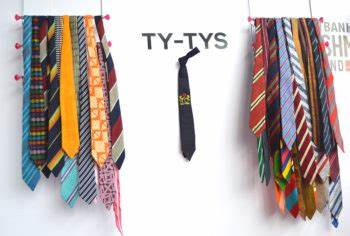[dropcap custom_class=”normal”] The Kaduna State Governor-elect, Nasir El-Rufai, has given an assurance that the incoming All Progressives Congress (APC) government is determined to revive all the collapsed textile factories in the state and other parts of the country as soon as it takes over power on May 29, 2015. [/dropcap]
Continue reading
Why are Textile Producers in Africa Really Struggling? By Alan Wheeler
[dropcap custom_class=”normal”] Large parts of Africa are beset with chronic economic and infrastructure problems together with corruption. Could the success of the used clothing industry be an obvious scapegoat or even a red herring? [/dropcap]
Bellafricana Afrocentric Marketplace | Coming Soon
[dropcap custom_class=”normal”] Bellafricana is a marketplace where people around the world go to sell and buy unique Afrocentric and handmade goods. We are huge lovers of Afrocentric (made from Africa) and handmade products and services hence the reason we have created a platform to connect artisans, creatives, buyers, sellers and manufacturers. [/dropcap]
Meet The Founder Of Ty-Tys | Exclusive Interview
[dropcap custom_class=”normal”] The first time I was opportuned to meet Mr Bayo Ademiluyi (founder of Ty-tys) was at the Chevron (Afro-centric) bazaar. It was so random as one of the Bellafricana team had just posted an article about Ty-tys which caught my attention. Mr Ademiluyi is very jovial, down to earth and talented of course. I couldn’t help but interview him to hear the story of how Ty-tys came about. [/dropcap]
How To Pick Aso-Ebi Fabric
[dropcap custom_class=”normal”]Picking aso-ebi for your event or party mostly depends on the personal prefence of the celebrant. The style, taste, age, and sometimes societal class of the celebrant determines the kind of fabric chosen.[/dropcap]Continue reading
Aso-Oke Inspired Tie By Ty-Tys
Aso-oke has in recent times become more versatile in its use and is no longer limited to its traditional uses. The cloth is fast evolving into the fabric of choice for cutting edge fashion and trendy accessories in different countries and world regions.
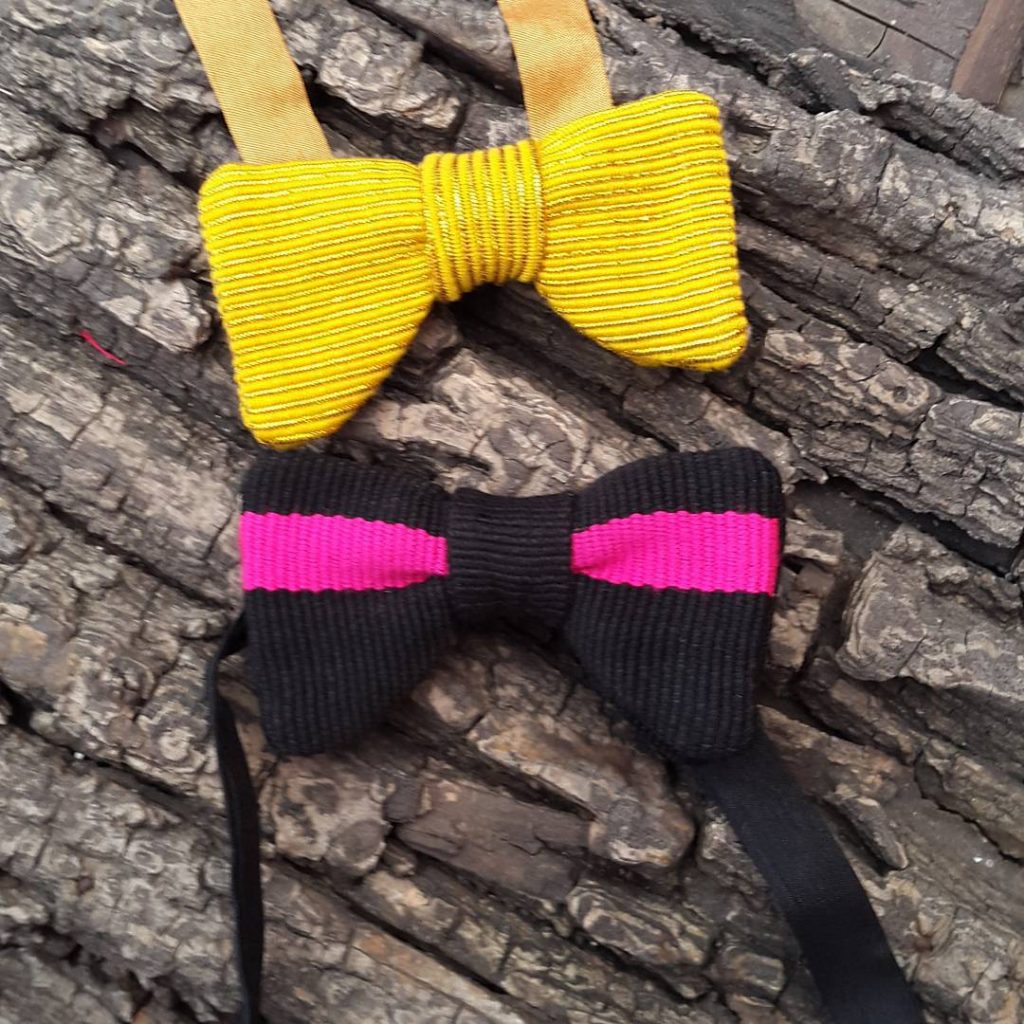
Ademiluyi did something creative with neckties! Instead of cotton or usual silk materials that ties are often made of, he decided to make ‘Aso-oke neckties’, a hand loomed cloth intricately woven predominantly by the Yoruba people, using techniques that were developed centuries ago and passed down through generations.
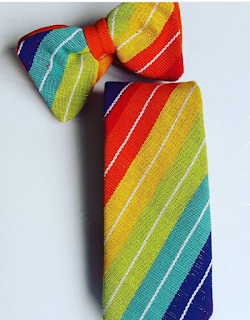
The Yoruba people are from Southwest Nigeria. With a population of over 30million, they are also found in many West African countries and diasporic communities all over the world. The Yoruba people wear Aso-oke fabrics sewn in traditional styles on special occasions such as weddings, birthdays or christenings. Ty-tys neckwear is hand made and can be customized to meet your needs.
Source: http://kemiogunniyi.wordpress.com/2012/08/06/fashion/
https://mariamtijani.com/aso-oke-trend-vibrant-stripes-season/
https://www.kemimobuse.com/2017/09/i-am-lawyer-by-profession-and-i-make.html
To reach Ty-Tys, call +234 805 054 0564 or email [email protected] or visit www.ty-tys.com
Rihanna Class Up In Stella Jean Ankara Print Dress
Rihanna Class Up In Stella Jean Ankara Print Dress and what a moment it was! Rihanna visited the white house wearing one of Stella Jean fall 2014 collection. She looks cute and classy in this and well put-together here.
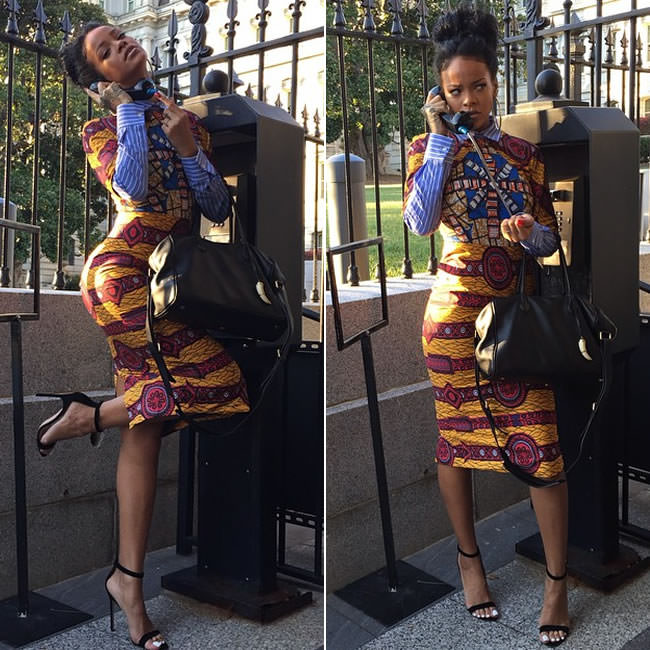
I just love the African influence, creativity and colours infused within each piece.
I love how this Stella Jean ‘Barbara’ sheath dress marries traditional African print with a borrowed-from-the-boys Wall-Street-esque striped collar and sleeves for eye-catching contrast.
This colourful look is from Stella Jean‘s Fall/Winter 2014 collection
https://www.bing.com/images/search?q=rihanna+class+up+in+stella+jean+ankara+print+dress&qpvt=Rihanna+Class+Up+In+Stella+Jean+Ankara+Print+Dress&FORM=IGRE

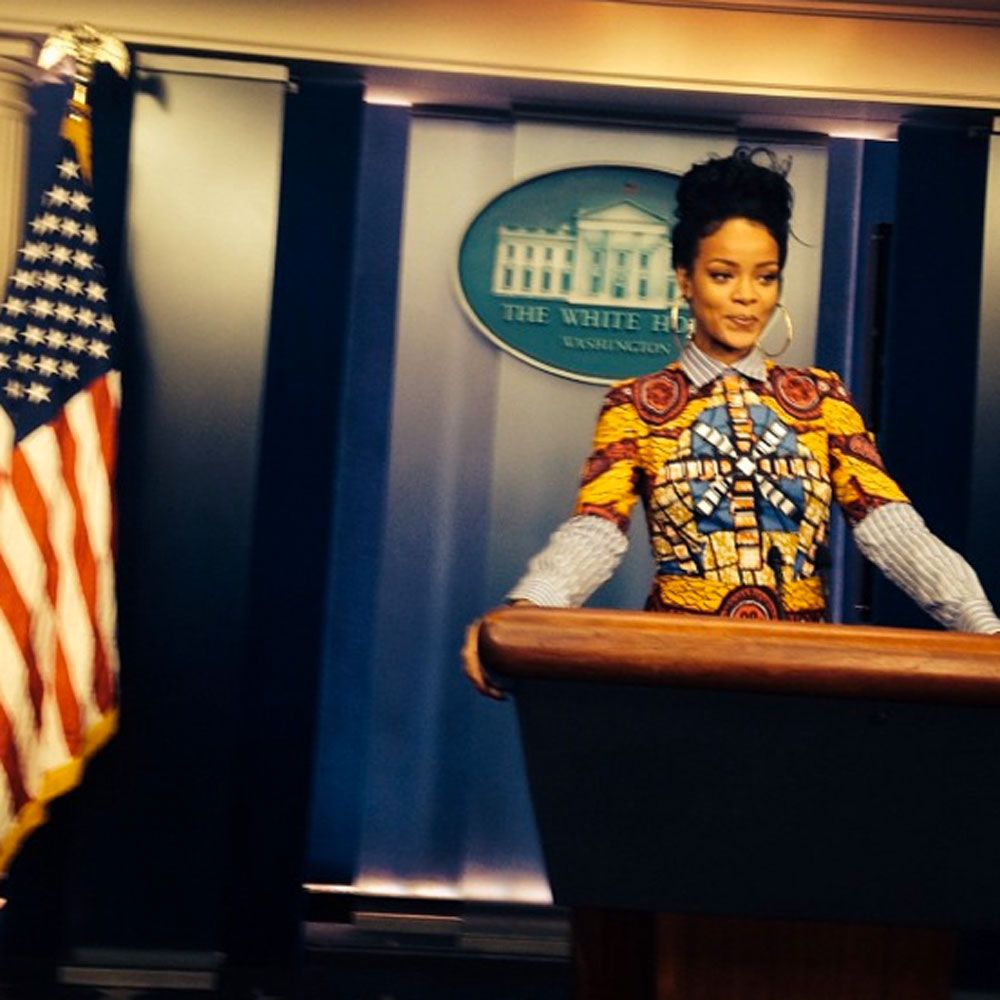
Kuba Cloth From Congo
[dropcap custom_class=”normal”]Kuba cloth is a hand-woven cloth made from the fib of Raphia Vinifera palm leaves. Kuba people of the Congo first hand cut, and then weave the strips of leaf to make pieces of fabric, often called raffia cloth.[/dropcap]
There are several different sub groups of the Kuba people. Each group has different and unique ways to make the fabric. Some make it thicker, longer, shorter, or with different patches. Each patch is symbolic and many times a piece has many different meanings.


